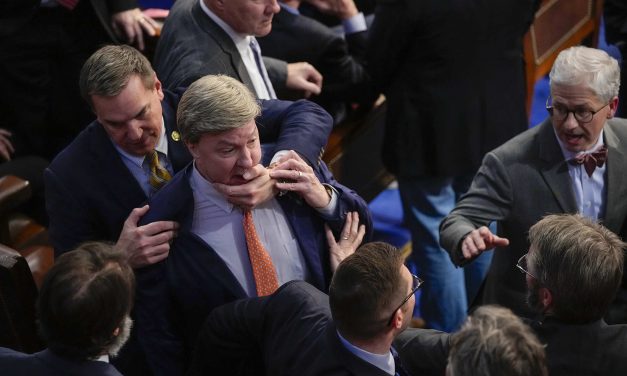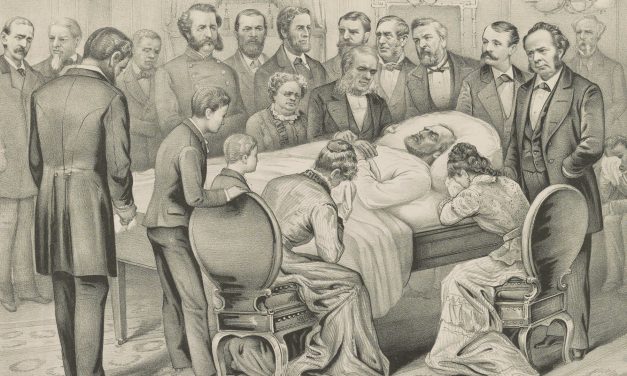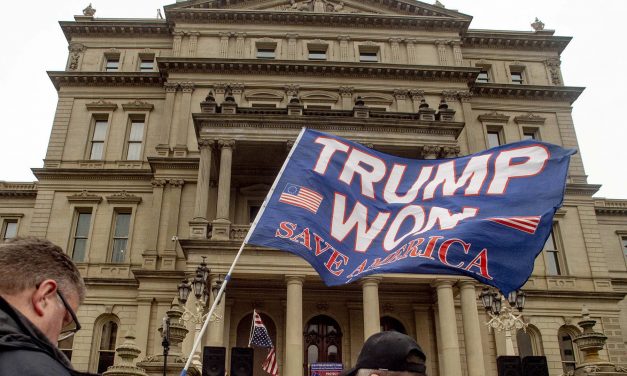Extremist ideology: Why the Republican party is in crisis and trying to take the country down with them
Headlines on September 18 stated that “Congress” was in crisis. But that construction obscures the true story: the Republicans are in crisis, and they are taking the country down with them. The most immediate issue is that funding for the government ends on September 30. The Senate, controlled by Democrats, is moving forward on a strongly bipartisan basis with 12 appropriations bills that reflect the deal President Biden hammered out with Speaker Kevin McCarthy in May to get House Republicans to agree not to default on the United States debt. That deal, the Washington Post editorial board pointed out,...
Read More














